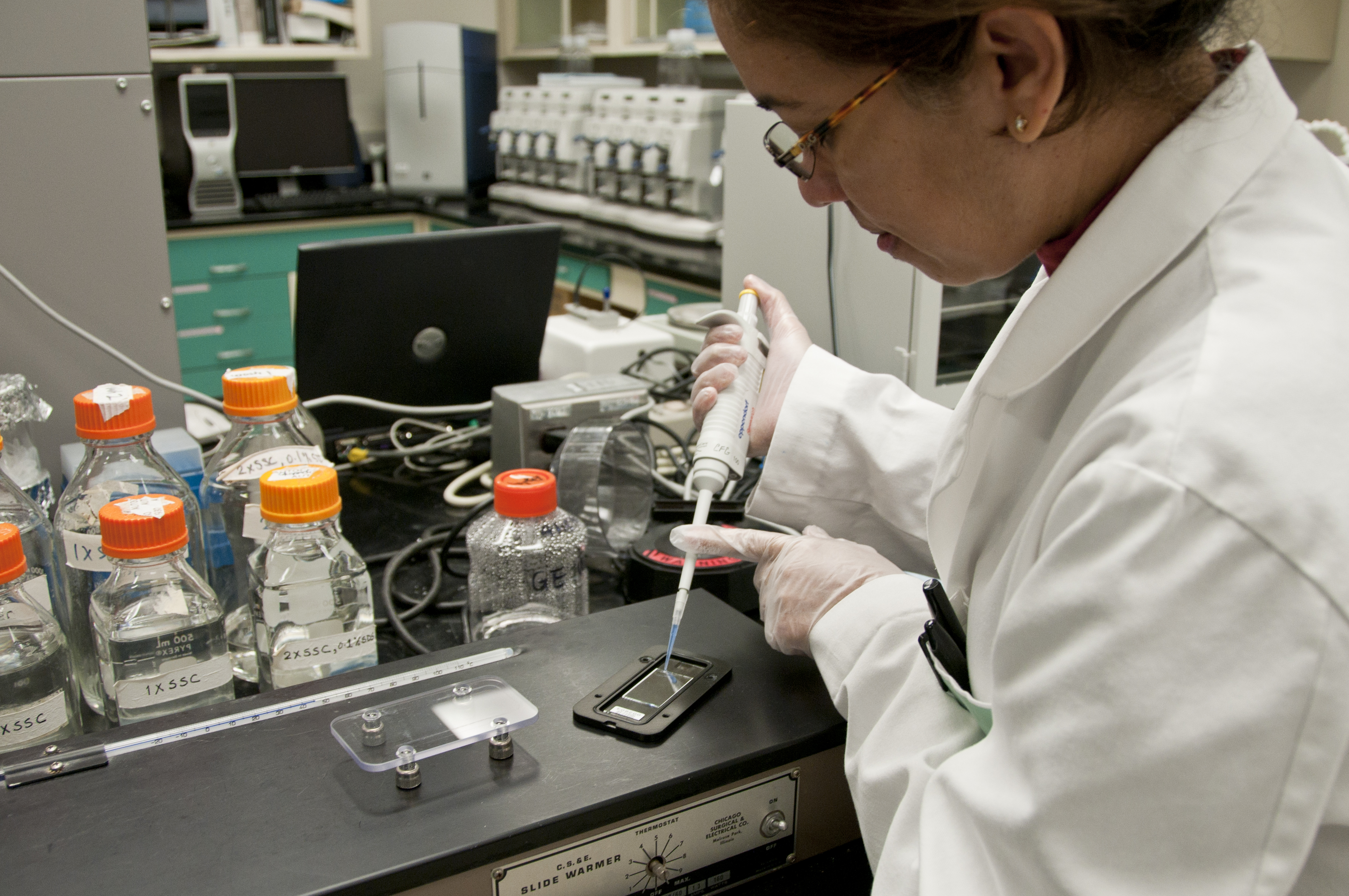
Photo from academic.microsoft.com
Abstract Depleted uranium (DU) munitions were initially used by the United States (U.S.) military during the first Persian Gulf War in 1991 in order to penetrate heavily armored vehicles. However,… Click to show full abstract
Abstract Depleted uranium (DU) munitions were initially used by the United States (U.S.) military during the first Persian Gulf War in 1991 in order to penetrate heavily armored vehicles. However, as a result of friendly fire, several U.S. military personnel received intakes from DU munitions. One of the ongoing concerns for these wounded veterans is the potential long-term exposure received from DU embedded fragments. The United States Army Institute of Public Health (AIPH) is the first laboratory that analyzes the urine bioassays from Army Soldiers that are injured with DU fragments. The United States Air Force School of Aerospace Medicine also evaluates bioassays from DU injuries. The urine bioassay data collected by AIPH was evaluated using the NCRP 156 wound model coefficients for the DU-Wafer, Fragment, and Particle models. The maximum likelihood method was used in the Integrated Modules for Bioassay Analysis (IMBA-PPAE) to calculate the estimates of intake and tissue doses. Evaluating the three models for wound retention, the DU-Wafer and Fragment model yielded a credible fit to the bioassay data. Comparing the two models, the DU-Wafer model fits the data better than the Fragment model when comparing their autocorrelation coefficient and chi-squared values of (P 1.73 × 10−1, c2 4.83 × 10−1), (P 2.01 × 10−2, c2 1.09), respectively. This evaluation supports the validity of both the DU-wafer model as well as the default fragmentation model proposed by NCRP 156.
Journal Title: Health Physics
Year Published: 2018
Link to full text (if available)
Share on Social Media: Sign Up to like & get
recommendations!